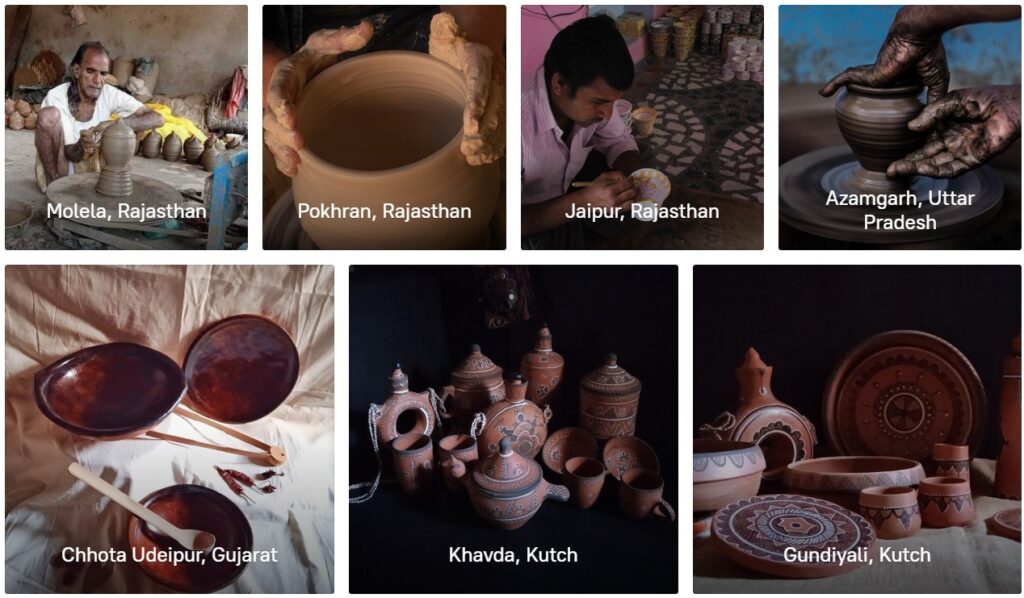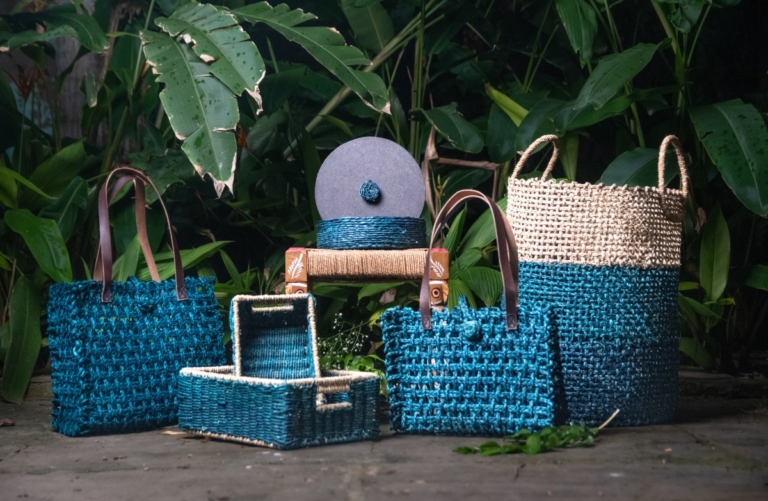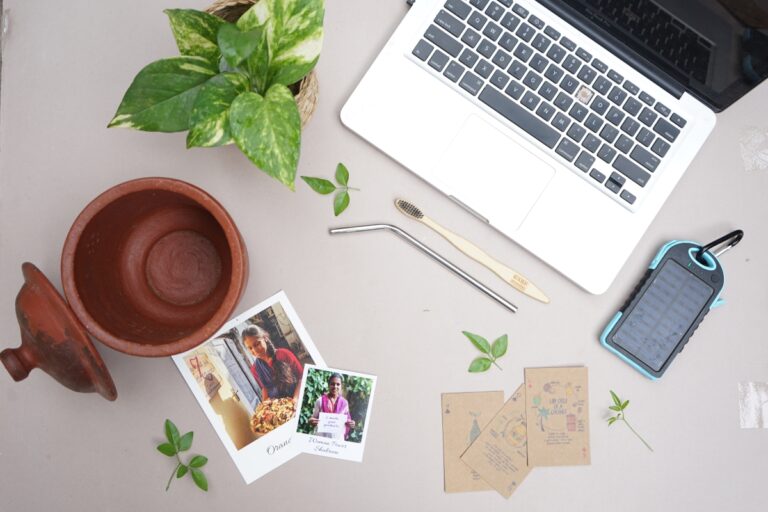Rinkal Bagadia started Prosperity Mirra in October of 2020 to throw light on terracotta – an underappreciated Indian craft. She acquires products made using terracotta and blue pottery from local artisans which she sells online through her website. Rinkal wants to break the barrier between contemporary styles and the earliest crafts made in India. She wants people to glorify the ancient artform in itself instead of tweaking it to fit into today’s fashion trends. Through Prosperity, she aspires to bridge the gap between traditional artisans and craft lovers, and cover the distance between remote villages of India and international craft destinations. So far, Prosperity has been able to highlight pottery from Azamgarh in Uttar Pradesh, Molela, Pokhran and Kot Jevar in Rajasthan and from Chhota Udaipur (Gujarat), Gunidyali and Khavda in Kutch, Gujarat.

Follow our conversation with Rinkal as she breaks down the process of selling art products online along with her take on the country’s reaction to ancient crafts in the present times.
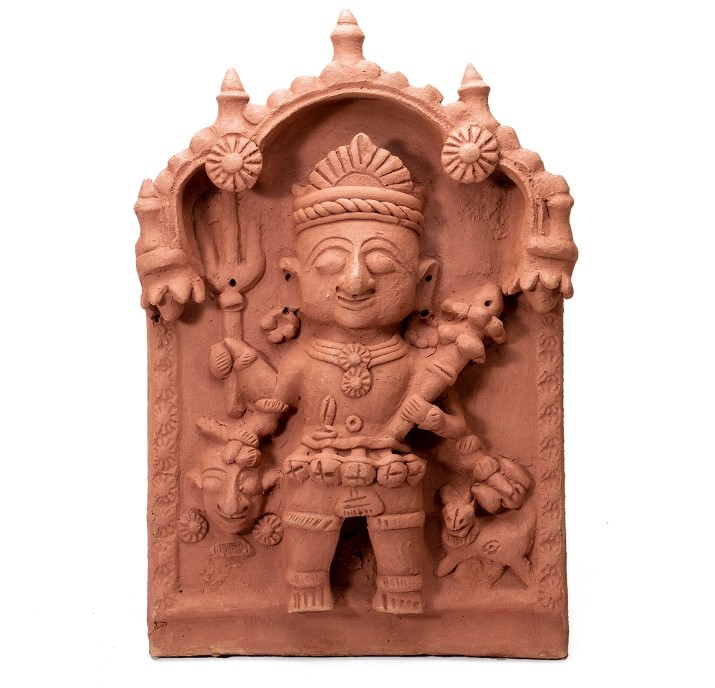
Present times catch up with art from the past – How it all began
In 2011, I started an online venture to sell handmade crafts and have been involved with the arts and crafts community since then. Initially, the venture did not do well as I realized that the Indian online market was very nascent. There was barely any information on how the online market works, so I decided to shut down my venture in 2016. Despite this, I continued to work with social organizations promoting cultural art products and kept in constant touch with the artisanal community.
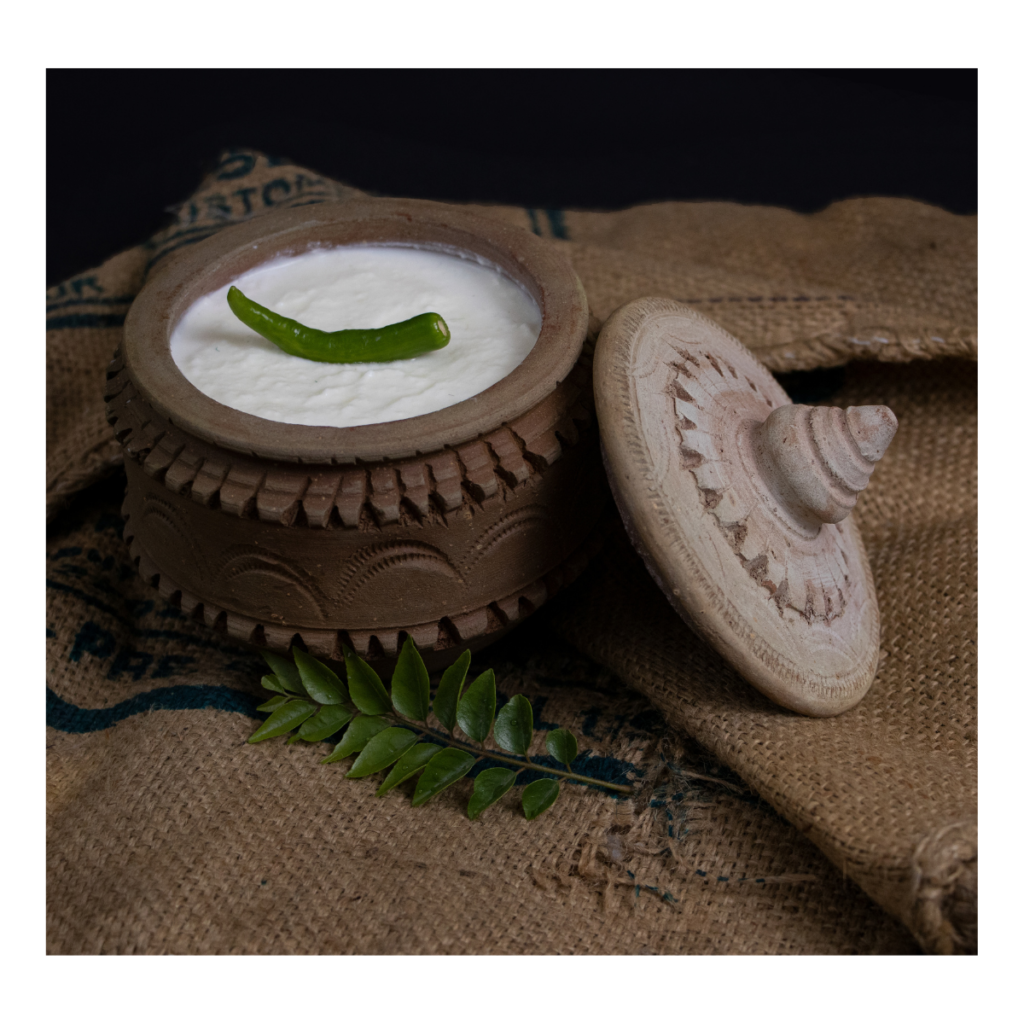
When COVID hit in 2020, I had a lot of time on my hands to revive my aspirations and start an online business. I started Prosperity in October 2020 right before the second wave in March. Coincidentally, there was a lot of stock piled up with the artisans due to the pandemic, which came in handy to be made available on my online platform. Things went uphill with the inception of my business, and I never looked back. Due to a rise in the online market over the years, people were ready to appreciate and purchase traditional designs and motifs online, which further motivated me to work hard on my business.
Hardships in Shipping – Handling pottery products with care
I kickstarted by selling terracotta, which now accounts for 90% of the entire sales of my business. We also feature a lot of products based on blue pottery with a recent introduction of handcrafted jewelry. One of the main issues with the pottery industry is that it is considered to be a high-risk business with a low margin. While I did face several challenges in transporting pottery, I wasn’t taken aback and was only focused on ensuring that there was no breakage. When I started, I even assured my customers a refund in case the order was damaged or defective. I did this to encourage people to have faith in the process while I pushed myself to overcome this barrier. The trust instilled with this move has led to a lot of repeat customers especially for home and garden decor.
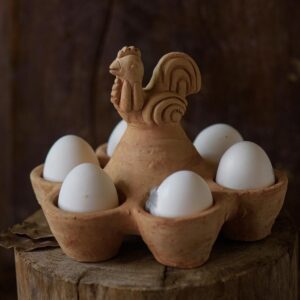
In the initial months, we had a warehouse for all the inventory that came from artisans from seven different states of India. This meant that the product had to be shipped twice – once from the artisans to us and then to the customers. This was one of the biggest challenges I faced because each time we introduced a new product, the first batch shipped to us always succumbed to breakage. Each product belonged to a different state, with high variations in the texture of mud, leading to different levels of fragility. Understanding the texture and breakability of each product became essential in order to crack the problem of transportation. Once we understood this, along with the shape and size of the orders, we were able to overcome this challenge and ship our products safely.
Learnings along the way – Increasing the variations in products
There is a shortage of information on what terracotta is as an artform. People tend to assume that it only comes in an earthy brown color. Contrary to this, terracotta is an artform that incorporates firing clay to shape the desired products. Which is why our customers are often amazed that products can be pink and blue as well. It makes the product look stylish and gift-worthy. Most customers opt to buy these designs in order to give gifts during festivals and occasions. Since these items were risky to be gifted individually, I decided to start a new line of products like hand-made jewelry. These objects can be easily shipped and packaged, and also avoid any disappointment concerning the delivery of these items. Terracotta, however, has grown to become a staple for home decor options, which is uplifting for all the artisans and craftsmen practicing it. This is the scale to which I want the craft to grow in order for Indian artisans to be fully recognised for their work.
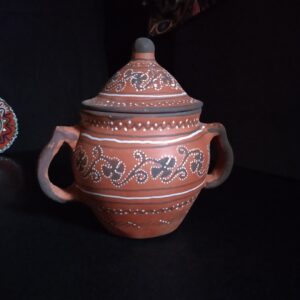
Appreciation of craft at its rawest – Why customization is not always the solution
Before I approached artisans to sell their products on my webstore, I was open to curation of designs and products. However, once I looked at their work, I was completely mesmerized by their designs and patterns. They were too beautiful to be tweaked so I decided to sell them in their unaltered form to begin with which surprisingly was well received by the customers as well. Most of the products came from artisans and craftsmen belonging to rare and lesser known parts of the country, which instantly changed my perspective on the customer reception of my products.
We also create and sell coasters and plates, objects that are used on a daily basis while keeping the artwork in line with the actual craft. Products like the mortar and pestle from Kolkata, and the Molela Terracotta panels all come in their own shapes and sizes. There is no need for us to change their design to meet contemporary styles. I want people to appreciate these ancient designs for what they are – which I believe is happening in the market right now. People have started to dismiss combining newer trends with old crafts in order to appreciate its individuality. As long as the customization fulfills present-day customer requirements, there is no harm in inculcating such products in their traditional form.
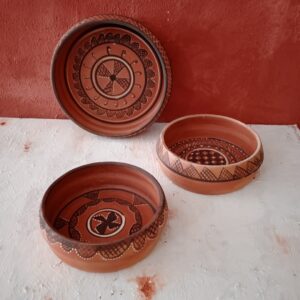
Growing together with culture – On collaboration with NICEorg
As the owner of a fully online store, I must say that I work in a significantly isolated manner. It is in times like this that I am thankful for a community like NICEorg that keeps me connected to other entrepreneurs working to promote and preserve the culture of India. For a particular cultural field to be predominant yet again, it is really essential to come together and educate the target audience on the field itself rather than just an individual business. For instance, if multiple brands that sell terracotta products can hold workshops or public fairs, the essence of terracotta as a long-lost craft is revived which can flourish multiple businesses catering to this field. Along with this, common roadblocks involving transportation and packaging can be resolved if entrepreneurs share their experience on dealing with the same. I am grateful that most parts of India are ready to adorn its rich and eternal heritage without customizing it too much. The awareness around craftsmanship in the country has come a long way and initiatives like NICE have only helped it accelerate further.
If your cultural enterprise is in any of our five focus sectors and you would be interested in being featured, write to us at namaste@niceorg.in.crafts
